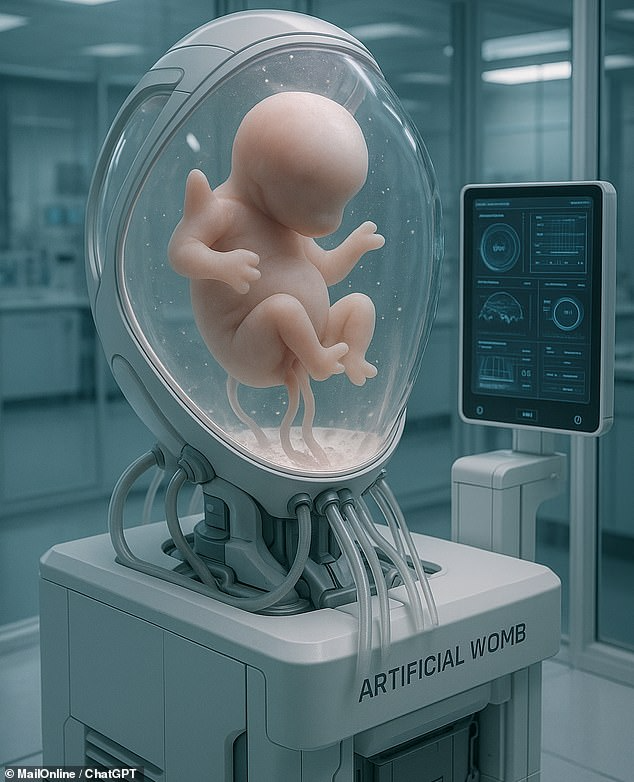For instance, Brazilian scientists created a mouse that could produce human sperm in 2008.
This presents the disturbing possibility that a typical human child might be the progeny of mice that have been genetically modified to produce both male and female gametes.
Similarly, researchers have transplanted human neural stem cells—cells that have the capacity to develop into brain tissue—into a mouse embryo.

In 2016, a group of researchers from Nebraska discovered that these human cells may colonize a mouse’s brain and spinal column, resulting in a mouse with a “humanized” brain.
In one study, researchers were able to give mice glial cells, which are human neural support cells, in an attempt to increase the mice’s brains’ efficiency.
According to Professor Saha, this procedure poses a significant bioethical dilemma, even though there are still significant technological obstacles to be solved in these studies.



